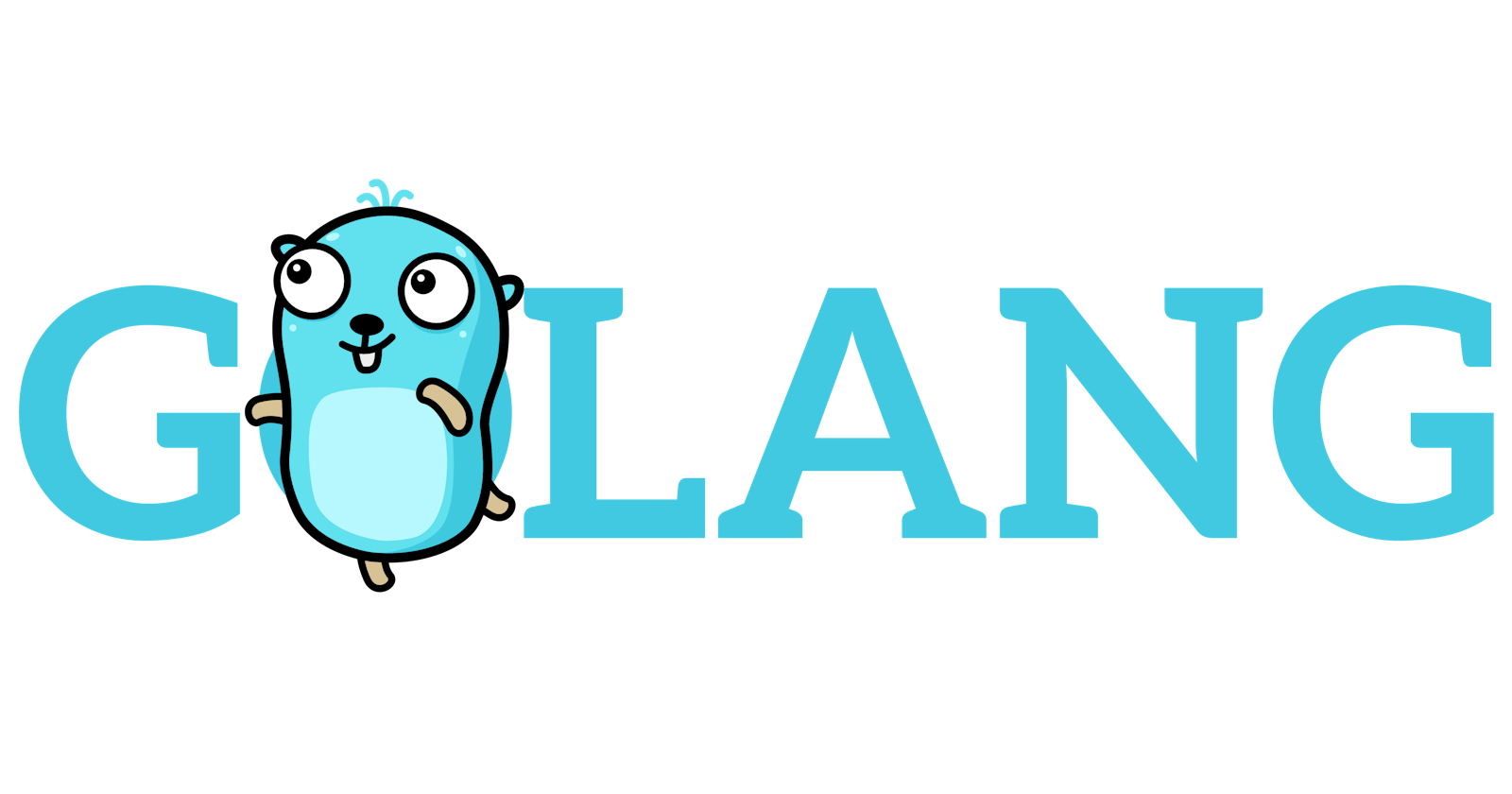In this blog post, we will discuss a Golang code snippet that demonstrates how to convert a struct to a map. We will cover the different elements used in the code and walk through each step of the process.
The Code: Here is the code snippet we will be discussing:
package main
import (
"fmt"
"reflect"
)
type CurrentAddress struct {
Address string
}
type Address struct {
City string
State string
CurrentAddress
}
type Person struct {
Name string
Age int
Address Address
}
func structToMap(obj interface{}) map[string]interface{} {
result := make(map[string]interface{})
val := reflect.ValueOf(obj)
if val.Kind() == reflect.Ptr {
val = val.Elem()
}
typ := val.Type()
fmt.Println(typ)
for i := 0; i < val.NumField(); i++ {
fieldName := typ.Field(i).Name
fieldValueKind := val.Field(i).Kind()
var fieldValue interface{}
if fieldValueKind == reflect.Struct {
fieldValue = structToMap(val.Field(i).Interface())
} else {
fieldValue = val.Field(i).Interface()
}
result[fieldName] = fieldValue
}
return result
}
func main() {
person := Person{Name: "John", Age: 29, Address: Address{City: "Jaipur", State: "Rajasthan", CurrentAddress: CurrentAddress{Address: "test"}}}
personMap := structToMap(&person)
fmt.Println(personMap)
}
Struct Definitions:
In the code above, we define three struct types: CurrentAddress, Address, and Person. These are used to represent a person's current address, full address, and personal information, respectively.
type CurrentAddress struct {
Address string
}
type Address struct {
City string
State string
CurrentAddress
}
type Person struct {
Name string
Age int
Address Address
}
The structToMap function:
This function is the core of the code snippet. It takes an interface as an argument and returns a map. The purpose of this function is to convert the input struct to a map by iterating through its fields using reflection
func structToMap(obj interface{}) map[string]interface{} {
// ...
}
Inside the structToMap function, we perform the following steps:
func structToMap(obj interface{}) map[string]interface{} {
// 1. Create an empty map named result to store the fields and their values.
result := make(map[string]interface{})
// 2. Get the reflect.Value and reflect.Type of the input object.
val := reflect.ValueOf(obj)
// 3. If the input object is a pointer, dereference it to get the underlying value.
if val.Kind() == reflect.Ptr {
val = val.Elem()
}
typ := val.Type()
// 4. Iterate through the fields of the struct using a for loop.
for i := 0; i < val.NumField(); i++ {
// 5. For each field, get its name and kind (e.g., string, int, struct).
fieldName := typ.Field(i).Name
fieldValueKind := val.Field(i).Kind()
var fieldValue interface{}
// 6. If the field is a struct, recursively call structToMap to get the map representation of the nested struct.
// Otherwise, get the field value directly.
if fieldValueKind == reflect.Struct {
fieldValue = structToMap(val.Field(i).Interface())
} else {
fieldValue = val.Field(i).Interface()
}
// 7. Add the field name and value to the result map.
result[fieldName] = fieldValue
}
return result
}
In addition to using the reflect package, there is another way to convert a struct into a map in Go. You can use the encoding/json package to encode the struct into a JSON string, and then decode the JSON string into a map.
func structToMap(obj interface{}) (map[string]interface{}, error) {
var result map[string]interface{}
jsonBytes, err := json.Marshal(obj)
if err != nil {
return nil, err
}
err = json.Unmarshal(jsonBytes, &result)
if err != nil {
return nil, err
}
return result, nil
}
Conclusion
In general, if memory usage and performance are a concern, using the reflect package may be the better option. However, if simplicity and ease of use are more important, using JSON encoding/decoding may be a good alternative. It's also worth noting that there may be other libraries or packages available that offer additional features or performance optimizations for struct-to-map conversions, depending on your specific use case.
